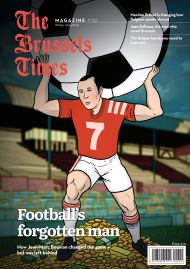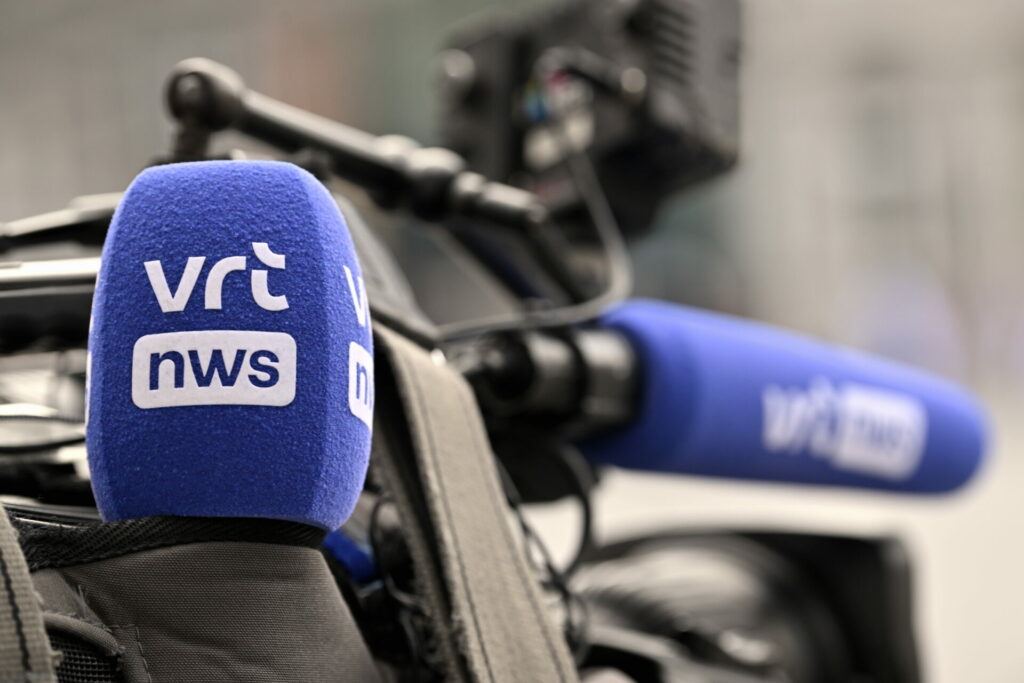Media groups in Northern Belgium have called on the government to set stricter limits on the content that public broadcaster VRT can publish online.
While VRT CEO Frederik Delaplace said such restrictions are “outdated,” private media companies see 'VRT NWS' as unfair competition.
Like the 'RTBF Info' website, VRT NWS offers a broad range of free news content in text and image. In contrast, newspaper websites often provide some free articles but also have many that are accessible only via subscription.
Wilfried Celis, a representative of DPG Media, explained that advertising income and subscriptions are under pressure. Publishers are navigating the transition from print to digital subscriptions, and the presence of long-form articles on public service media platforms exacerbates this challenge, according to Celis.
DPG Media owns HLN, De Morgen, and VTM.
Private media groups are particularly concerned about VRT’s coverage of consumer topics and local news.
DPG Media, Mediahuis, Mediafin, and Roularta have proposed a solution: all articles on VRT’s news website should be linked to audiovisual content produced by VRT. They suggest that no more than 30% of articles should be purely text-based, with a maximum length of 1,200 characters per article.
Karen Donders, a VRT representative, argued that the problem is being addressed from the wrong angle. She acknowledged the discomfort of the private media groups but said the VRT is not the cause. Studies indicate that consumers are more willing to pay for news in markets where a strong public service media exists, she noted.
CEO Delaplace lamented that this debate persists. He highlighted that providing consumer information is a crucial part of VRT’s mission, as the VRT is one of the few places where such information is available without sponsorship.
Delaplace also called for more flexible advertising rules for VRT. The broadcaster, in addition to its public funding, is allowed to generate some advertising revenue, within certain limits. However, these limits are further restricted, based on content type. Delaplace wants more freedom in this area, particularly to run longer sponsored spots on the VRT Max streaming platform. The current limit is five seconds per spot, whereas the industry norm is seven or eight seconds.
Unsurprisingly, private media companies were not receptive to this request. DPG Media accused VRT of lacking transparency about its commercial revenue. Dirk Lodewyckx, Director of Entertainment at DPG Media, claimed that VRT increasingly relies on co-financing arrangements, where producers must seek their own funding, often through product placement.
Private media groups emphasised that VRT should strengthen the market by complementing, not competing with, private media. They believe this mission should be included in VRT’s management contract, alongside its content-related responsibilities.
Delaplace expressed a different perspective on VRT’s role in market strengthening. His goal is to make the entire media landscape stronger, not to increase DPG Media’s profit margins, he remarked sarcastically, while affirming VRT’s willingness to collaborate with private media.

